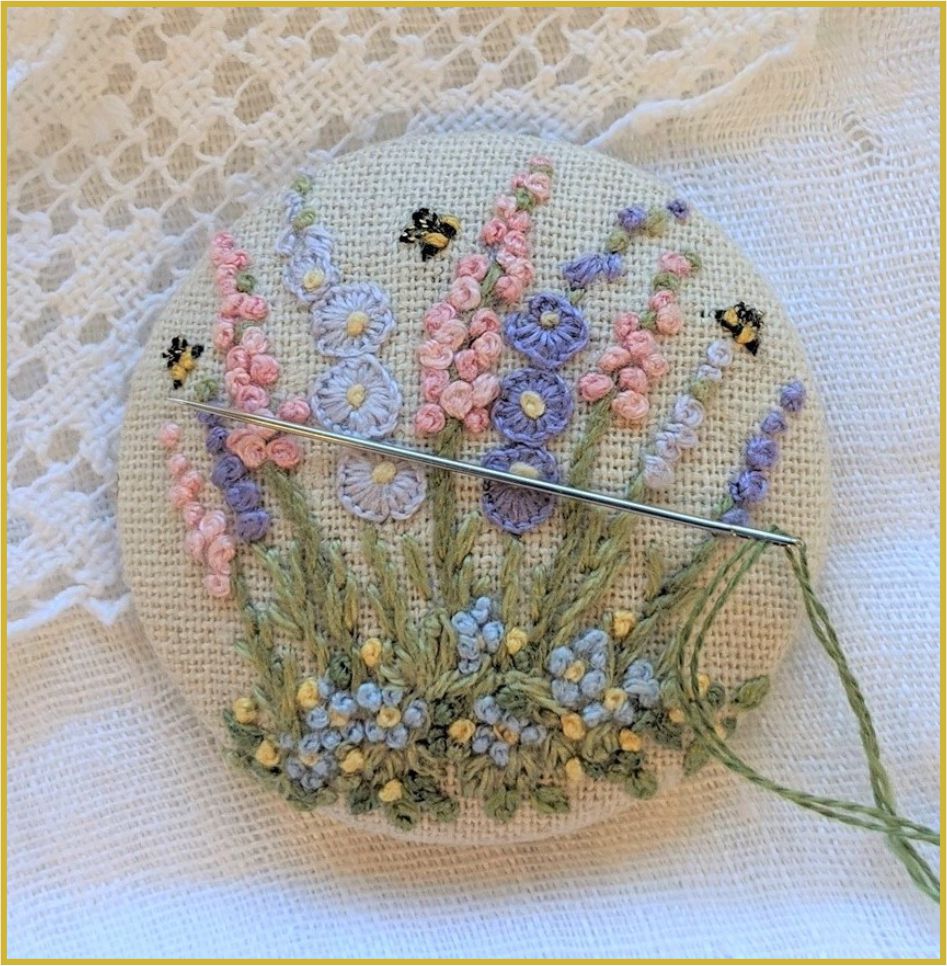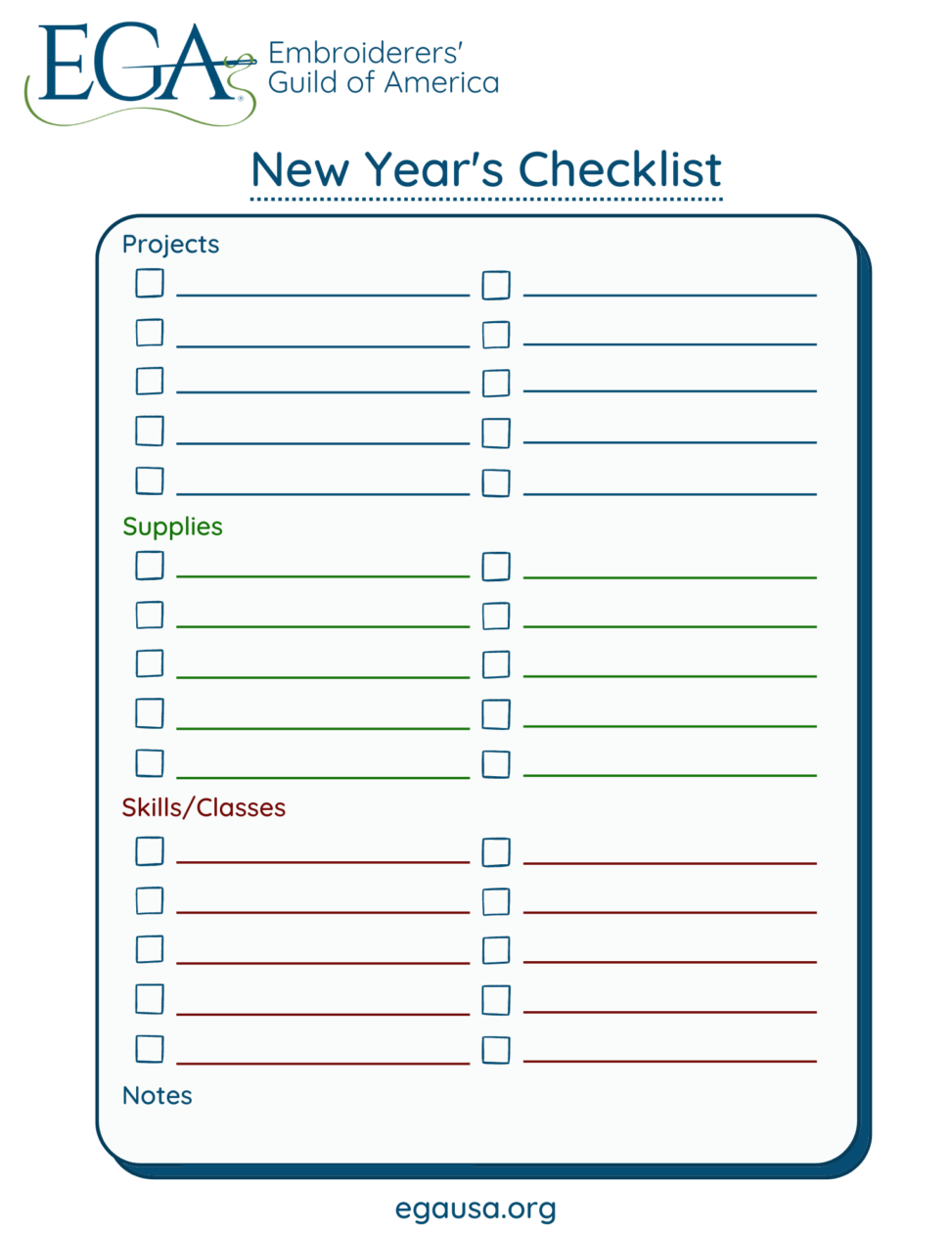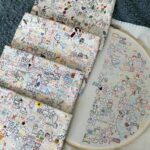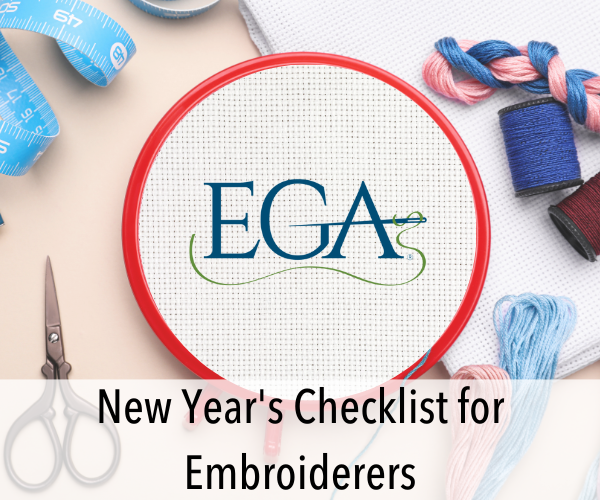
A new year is a great time to take stock and assess where you are as a needleworker, where you want to be, and what you need to get there. If spring cleaning focuses on ridding yourself of the old to make space for the new, then the lead up to spring should be about organizing yourself in preparation. It’s a great time to strategize for the year ahead as a whole. What new skills do you want to learn? How does your stash look? Which projects do you want to make this year?
Let’s take a look at some smart ways to prepare for a new year of embroidery. Whether you want to grow your skills, revive your needlework supplies, or polish off projects from last year to make room for new projects this year, this embroidery checklist should ensure you’ve covered all your bases and are ready to launch into a fresh year of needleworking.
Replace or Polish Your Needles
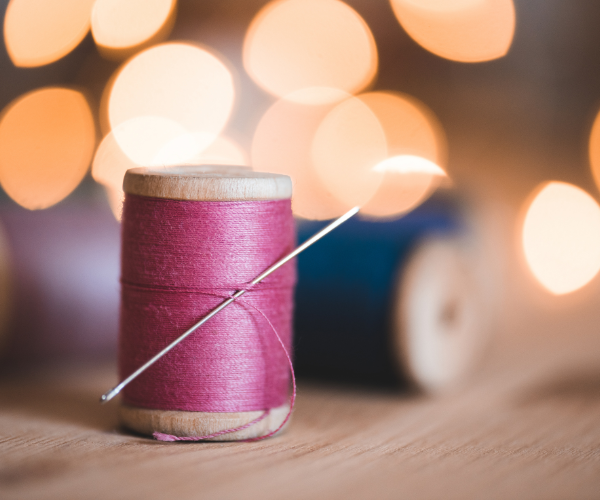
Embroidery needles have a finite lifespan. Eventually, an embroidery needle may bend, become blunt, or develop burrs. After hours of use, the coating may strip off your needle, causing it to snag on fabric and fiber. An old embroidery needle can wreak havoc on your needlework.
You have two options. One, you can replace your needles. Needles are relatively inexpensive, so it shouldn’t be too costly to refresh your supply.
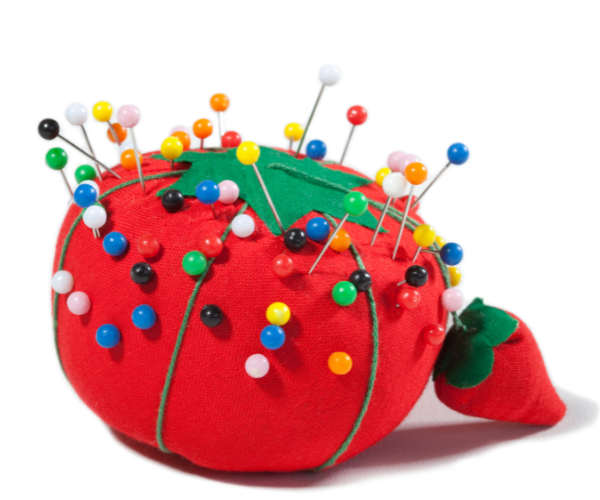
Your second option involves the little side companion often found on standard pin cushions. The strawberry (seen above on the right) is actually a handy polishing tool. Filled with polishing powder known as emery, the strawberry acts as an emery board for your needles. Use the strawberry to polish your needles and remove any tarnish that may have formed. Simply pass the needles straight through the strawberry a few times and you should be good to go! We don’t recommend a back-and-forth motion—that can sometimes make things like a peeling needle even worse!
Transfer/Finish Last Year’s Work
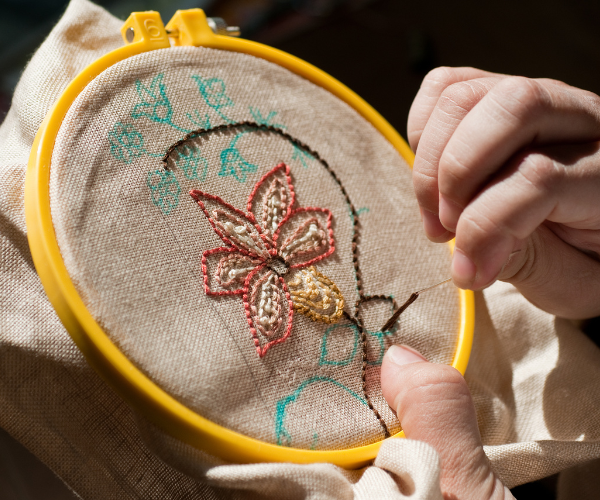
Recently, we’ve noticed that lots of new embroiderers like to keep their finished projects in the hoop. The move has become something of a trend—just look at these Redditors wondering why so many embroiderers choose to leave things in the hoop!
Leaving your embroidery in the hoop can lead to issues down the road if you’re not careful. The hoop’s function is to stretch the fabric to create a taut surface for stitching. Leaving the fabric in the hoop for prolonged periods of time can permanently stretch the fabric, creating holes around your stitchwork. Stretching can also deform your stitches over time, ruining your design.
On an aesthetic level, for many, leaving embroidery in the hoop feels unfinished. As you review the hooped pieces you worked on last year, think about ways to incorporate your work into other objects. Perhaps you can use your embroidered piece as embellishment in a pillow or bag, or maybe you’d prefer to simply frame it as a work of art. If you do decide to leave your embroidery in the hoop, loosen the tension on the hoop so it isn’t quite as taut. This will help to preserve the longevity of the fabric.
Make a List of New Skills to Learn
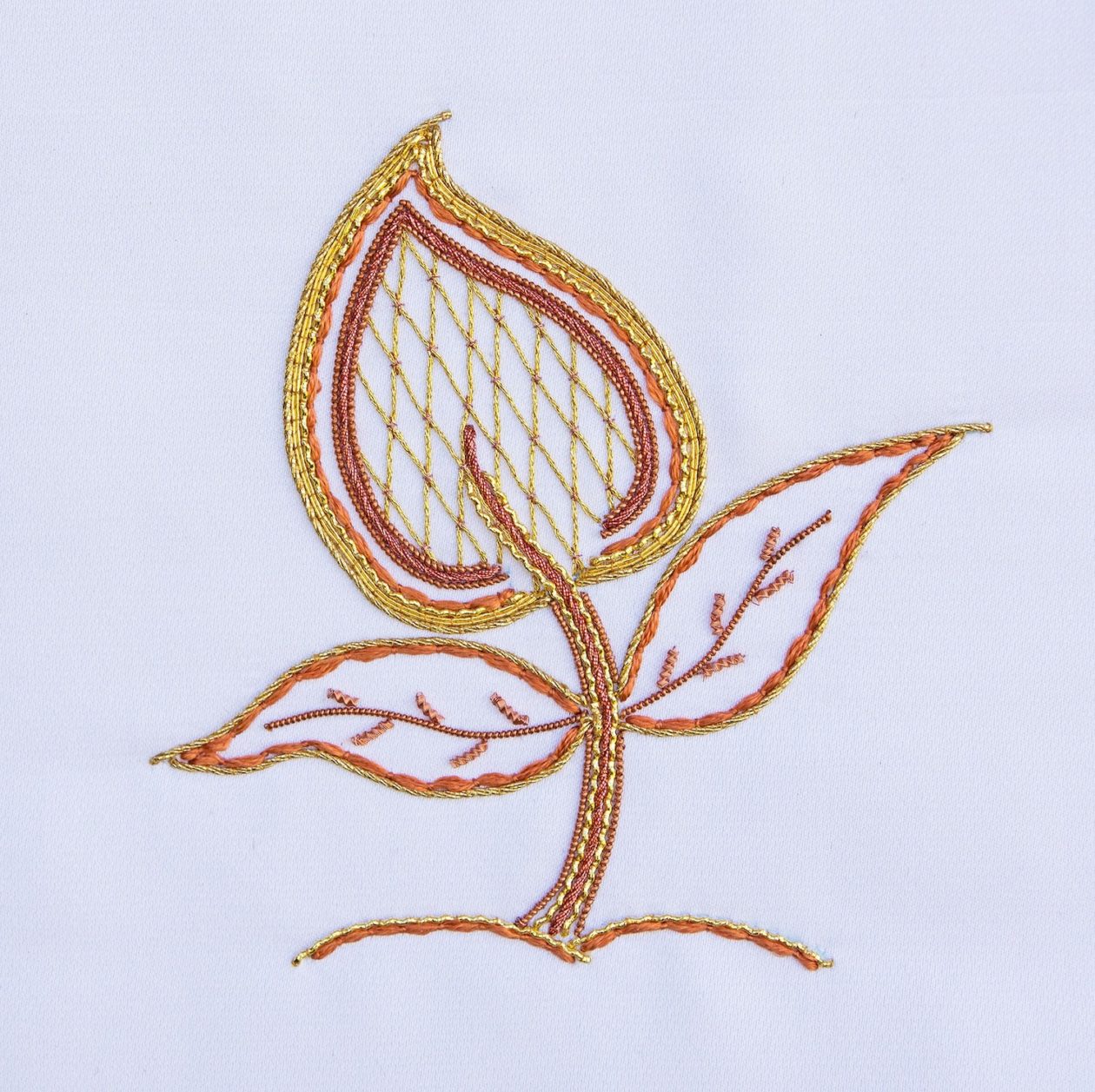
We needleworkers are a lucky bunch. There are so many fascinating and enriching techniques available to embroiderers and intriguing avenues of learning to wander down. And the more you learn, the more diverse works of art you become capable of creating.
Maybe you’re a cross stitcher who wants to also incorporate surface embroidery, stumpwork, and gold work to create a mixed media piece. Each new technique can add texture and dimension to your embroidery.
Set learning goals for the new year to expand your needlework horizons. EGA offers several educational opportunities for new and practiced embroiderers. It’s easy to build a distinct calendar of classes using our growing list of virtual lectures, online courses, group correspondence courses, lightning rounds, and more.
Browse EGA’s educational opportunities here.
Make a List of Desired Projects

What do you want to make this year? We often set our sights on so many different projects at the beginning of the year and, to paraphrase a common idiom, sometimes our eyes are bigger than our hands. Which is to say: you can’t make everything that catches your fancy. We only have so much time to spare, so now is a great time to strategize how and where you want to spend your precious stitching hours.
Think about what you want to stitch and put it on a list. Then, think critically about how long it might take you to complete everything on your wishlist. Once you’ve written everything down and calculated how much time projects will require, you can start numbering your list by order of “must make!” to “it can wait.”
Not sure what you want to make this year? The EGA Stitch-a-Long group on Facebook crafts a different free needlework project every month. It’s a great space to gather inspiration and flex your embroidery muscles. It’s also a wonderful community to join if you’re in search of friendly, like minded stitchers!
EGA members can also browse our Petite Projects library, which offers more than 70 free projects, like the Floral Needle Nanny/Minder No. 3 seen above. Each Petite Project explores different embroidery techniques, so it’s a great place to practice new skills on something small and manageable.
Take Stock of Current Supplies
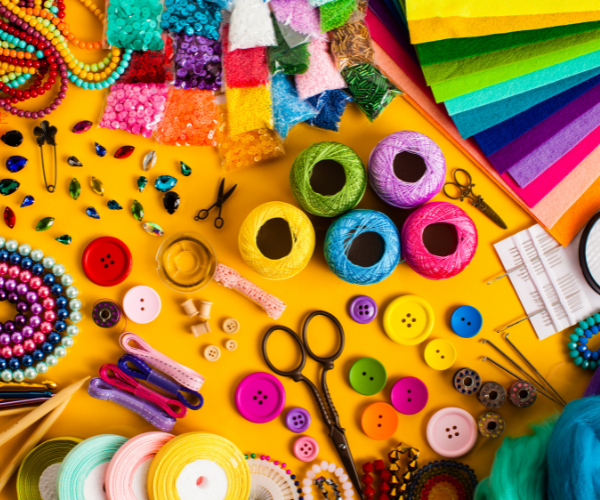
How is your stock of threads, embellishments, and fabrics? Once you’ve decided what you want to make this year, check in on your stash. You may find that you’re running low on some necessary tools. Make a list of embroidery supplies: thread, bobbins, scissors, needles, fabric, hoops, water soluble pen, buttons, sequins, ribbon, etc. Check this list against what you’ve decided to make this year and the classes and events you’ve committed to attend.
Did you know that EGA has a network of affiliated shops that carry many of the tools needed to attend our online classes and complete our projects? You may be closer to one of our affiliates than you realize. Check out our list of EGA Affiliated Needlework Shops to find the shop nearest to you.
Need a little more help getting organized? We created this handy New Year’s Checklist so you can get started planning your year. Download it here.
We hope you’re ready to tackle a new year of needlework! To access EGA’s classes and events, expansive library of free Petite Projects, member galleries, and so much more, consider becoming an EGA member today!
